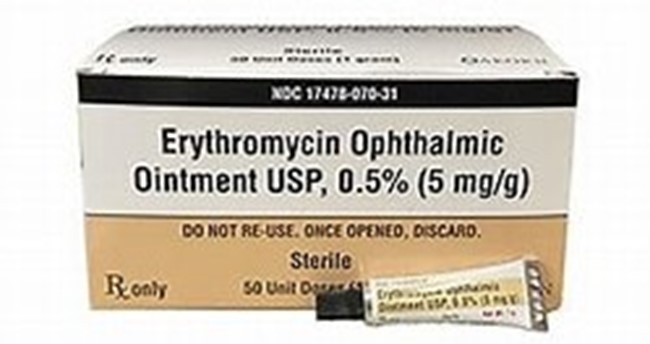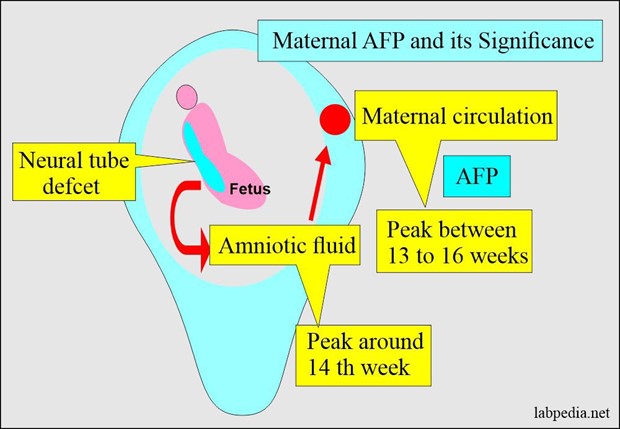A nurse is preparing to administer prophylactic eye ointment to a newborn to prevent ophthalmia neonatorum.
Which of the following medications should the nurse anticipate administering?
Nystatin.
Ceftriaxone.
Erythromycin.
Ofloxacin.
The Correct Answer is C
This is an antibiotic ointment that is applied to the eyes of newborns to prevent ophthalmia neonatorum, a serious eye infection caused by gonorrhea.
Ophthalmia neonatorum can cause blindness if left untreated and can occur even if the mother does not have symptoms of gonorrhea.
Erythromycin is the only drug approved by the FDA for this purpose and is mandated in most states.
Choice A.
Nystatin is incorrect, as this is an antifungal medication that is used to treat oral thrush or diaper rash in newborns, not eye infections.
Choice B.
Ceftriaxone is incorrect, as this is an antibiotic injection that is used to treat systemic gonorrhea infections in adults or newborns, not eye infections.
Choice D.
Ofloxacin is incorrect, as this is an antibiotic eye drop that is used to treat bacterial conjunctivitis in older children and adults, not ophthalmia neonatorum in newborns.
Therefore, choice C is the best answer to this question.

Nursing Test Bank
Naxlex Comprehensive Predictor Exams
Related Questions
Correct Answer is C
Explanation
Elevated levels of MSAFP may indicate that the baby is at risk of a neural tube defect, like spina bifida.
However, further testing is required to confirm the results and determine the cause of the elevated levels.

Choice A is incorrect because low levels of MSAFP may indicate a risk for Down syndrome, not elevated levels.
Choice B is incorrect because while elevated levels of MSAFP may indicate a risk for neural tube defects, further testing is required to confirm this.
Choice D is incorrect because while repeating the test may be necessary, further testing beyond just repeating the MSAFP screening may also be required.
Correct Answer is D
Explanation
Involution is the process by which the uterus returns to its nonpregnant size and function after delivery.
Choice A is not correct because evolution refers to the gradual development of something.
Choice B is not correct because decrement refers to a reduction in size or value.
Choice C is not correct because progression refers to the process of developing or moving gradually toward a more advanced state.
Whether you are a student looking to ace your exams or a practicing nurse seeking to enhance your expertise , our nursing education contents will empower you with the confidence and competence to make a difference in the lives of patients and become a respected leader in the healthcare field.
Visit Naxlex, invest in your future and unlock endless possibilities with our unparalleled nursing education contents today
Report Wrong Answer on the Current Question
Do you disagree with the answer? If yes, what is your expected answer? Explain.
Kindly be descriptive with the issue you are facing.
